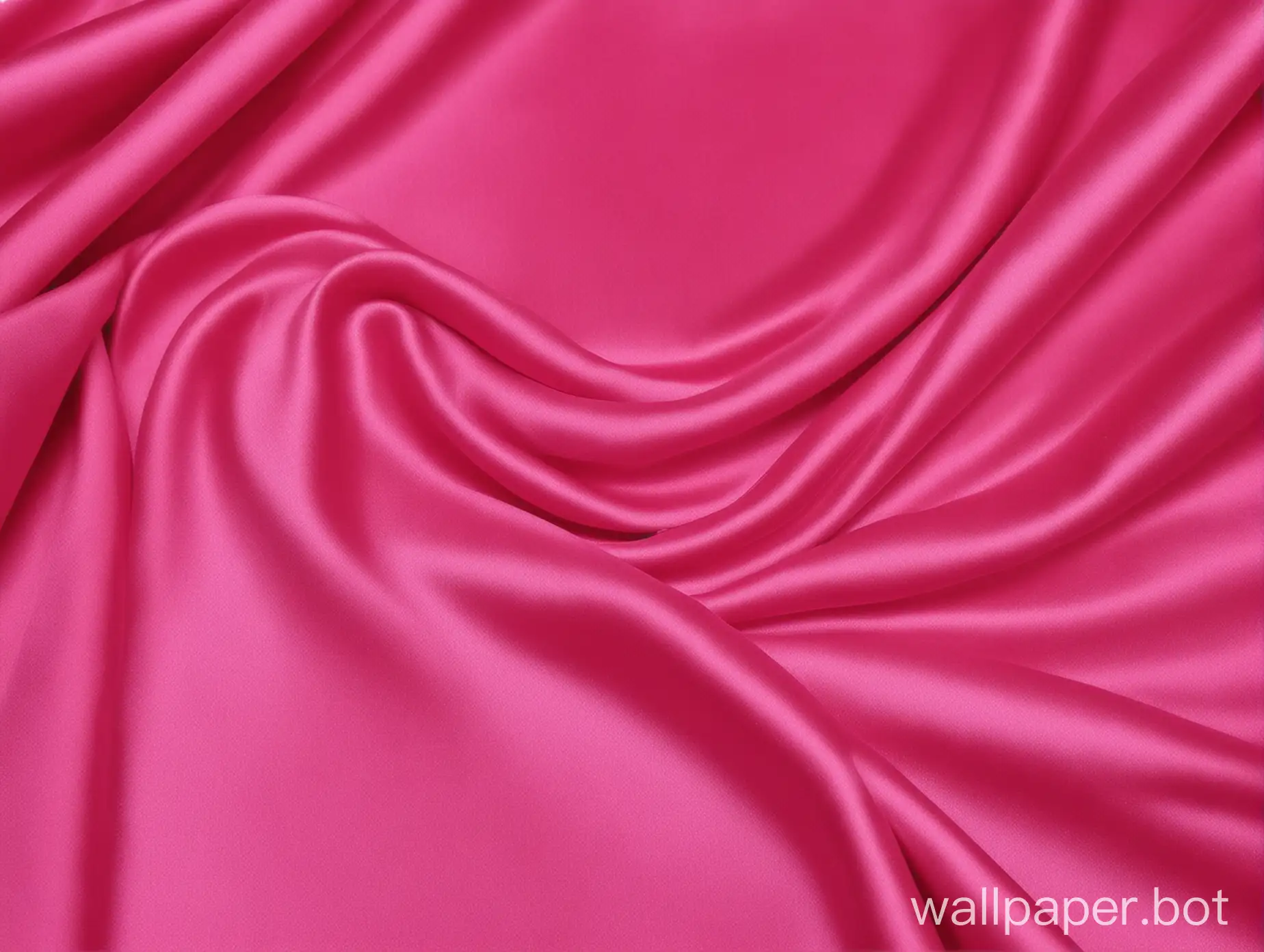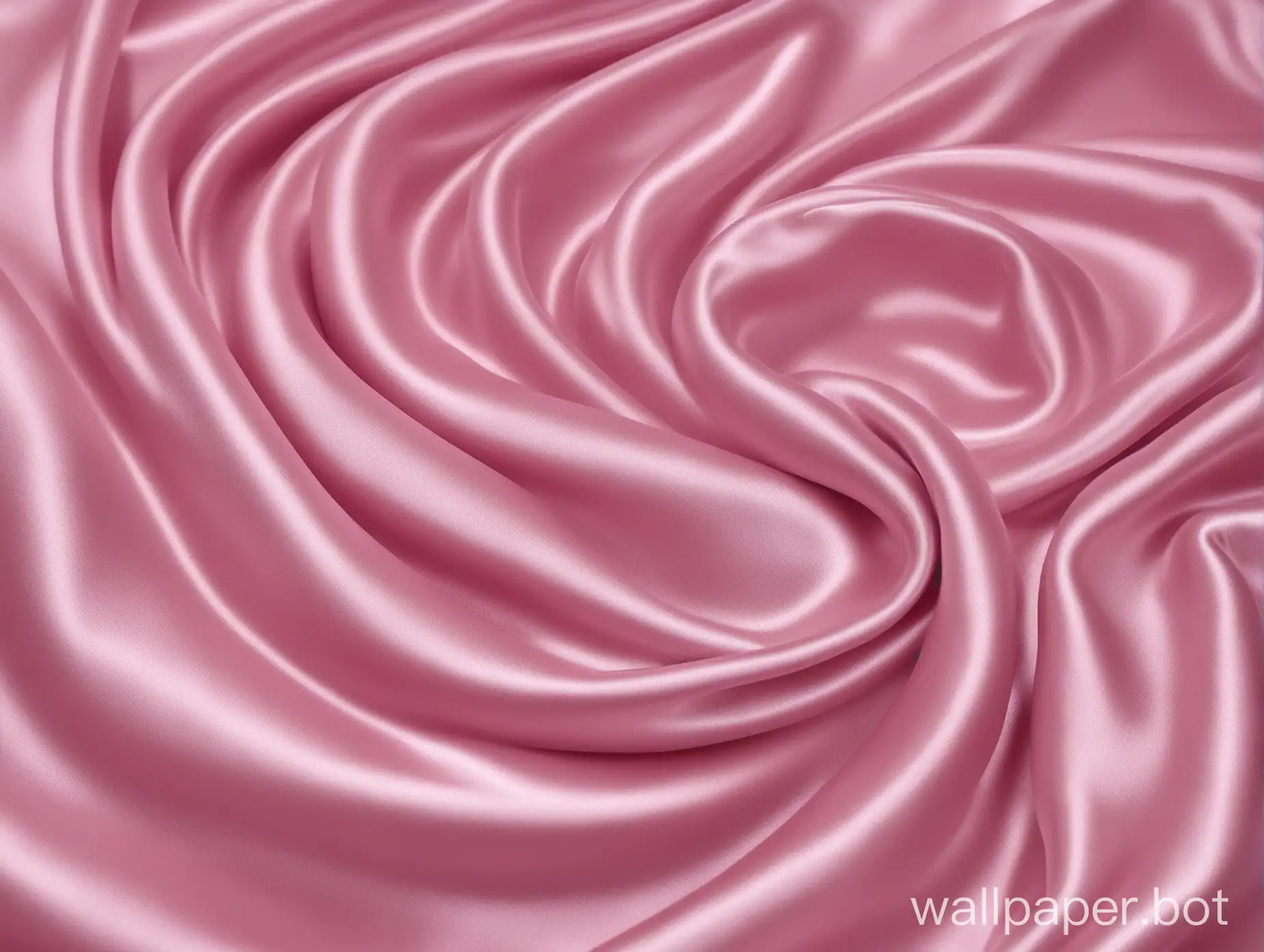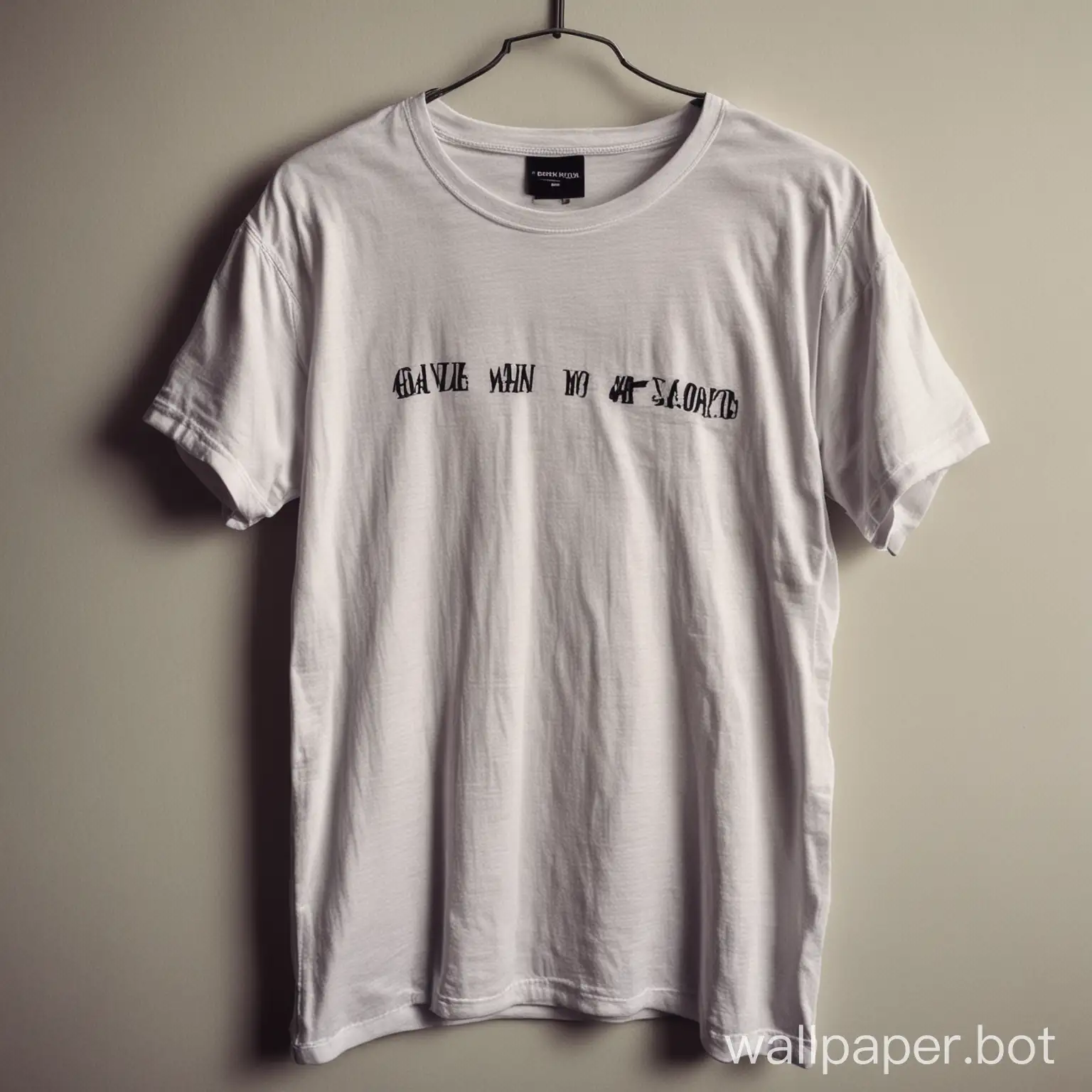3 fabric texture AI Wallpapers For You
Welcome to our Fabric Texture image collection, featuring 3 free AI-generated images. Explore a diverse array of stock photos, 3D objects, vectors, and illustrations showcasing various fabric textures. Enjoy high-resolution downloads and use our 'open in editor' feature to customize prompts for your perfect fabric texture image.
Related Tags
Fabric texture refers to the surface quality of textiles, determined by the fibers, yarn structure, and manufacturing process. Common types include smooth (like silk), rough (like burlap), knitted (like sweaters), and woven (like denim). Each texture has unique characteristics such as softness, durability, and visual appeal. For instance, velvet is known for its plush feel, while linen offers a crisp, cool texture. Understanding these textures is crucial for designers, artists, and anyone working with textiles, as they significantly impact the look, feel, and functionality of the final product.
Understanding Fabric Textures: Types and Characteristics
Fabric textures play a vital role in various fields of design and art. In fashion, designers use textures to create visual interest and tactile appeal in garments. Interior designers incorporate different fabric textures to add depth and warmth to spaces through upholstery, curtains, and rugs. In digital art and 3D modeling, accurately representing fabric textures is essential for creating realistic renderings of clothing, furniture, and environments. Photographers and graphic designers often use fabric textures as backgrounds or overlay elements to add dimension to their work. The versatility of fabric textures makes them an indispensable tool in creative industries.
Applications of Fabric Textures in Design and Art
Generating realistic fabric textures in digital art requires a keen eye for detail and understanding of light interaction. Artists often start by observing real fabrics, noting how light reflects off different surfaces and how folds and wrinkles form. Key techniques include using layered brush strokes to mimic weave patterns, applying subtle noise for a more organic look, and carefully adjusting highlights and shadows to create depth. For 3D artists, creating bump maps and displacement maps is crucial for achieving realistic fabric simulations. Many digital artists also use photographic references or texture libraries as a starting point, then modify and blend these elements to create unique textures.
Creating Realistic Fabric Textures in Digital Art
The future of fabric texture representation is closely tied to advancements in technology. AI and machine learning are revolutionizing the way we create and manipulate fabric textures digitally. We're seeing the development of algorithms that can generate highly realistic fabric textures based on simple input parameters. Virtual and augmented reality technologies are pushing for more accurate and interactive fabric simulations, allowing users to not only see but also 'feel' virtual fabrics. In the field of digital fashion, there's a growing trend towards creating hyper-realistic, customizable fabric textures for virtual clothing. As sustainability becomes more critical, we may also see an increased focus on digital fabric textures as a way to reduce waste in the design process.
Future Trends in Fabric Texture Representation


